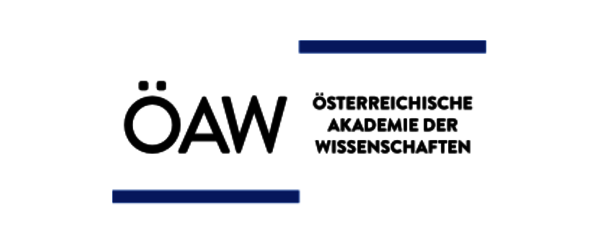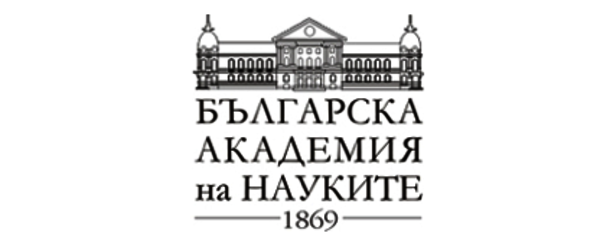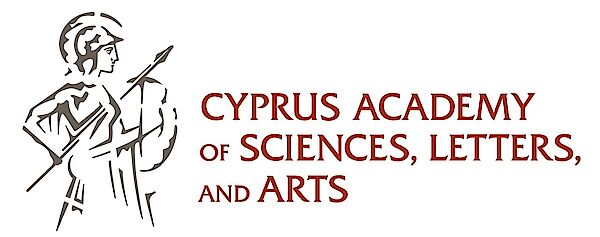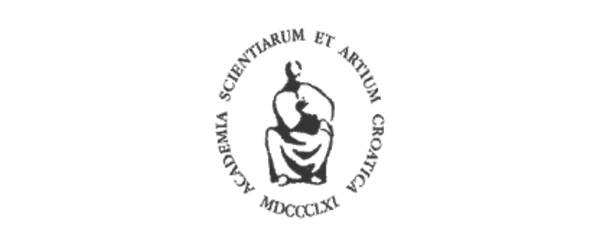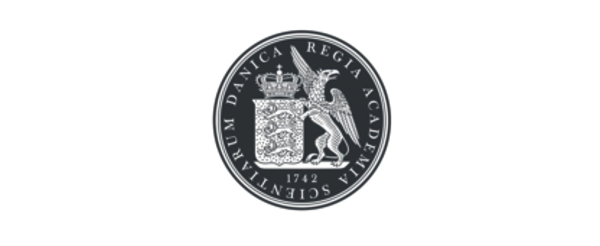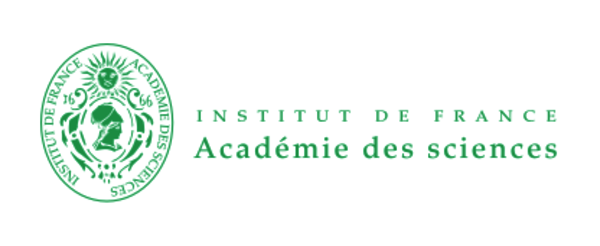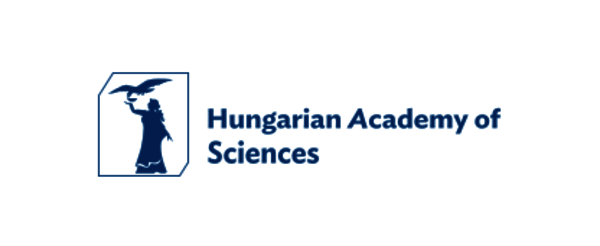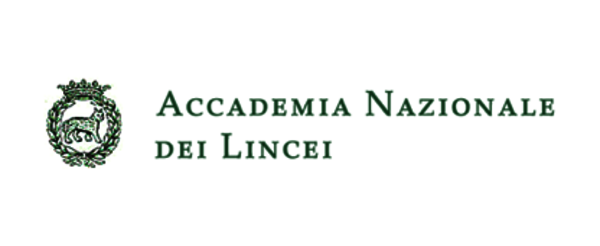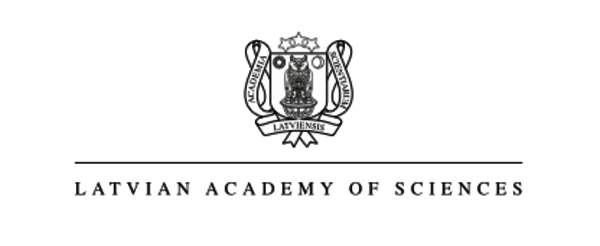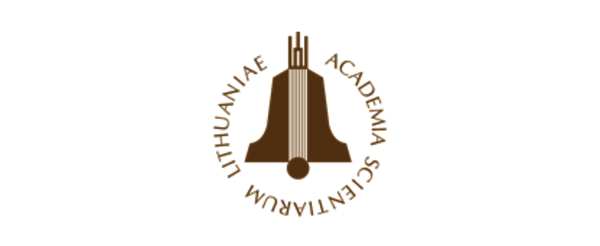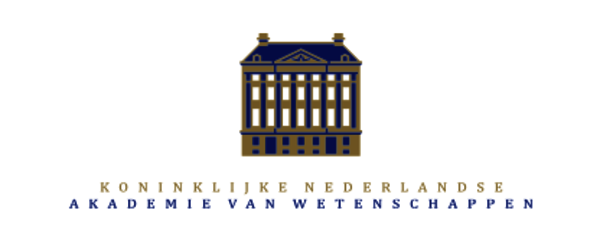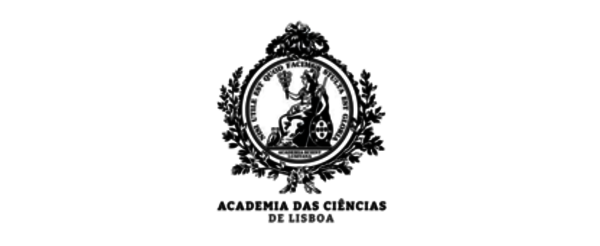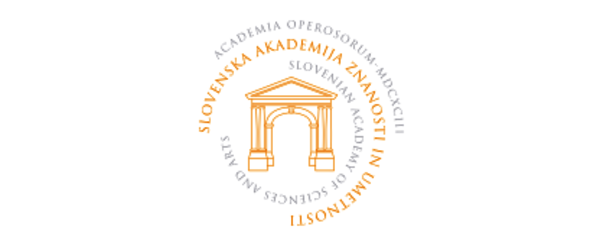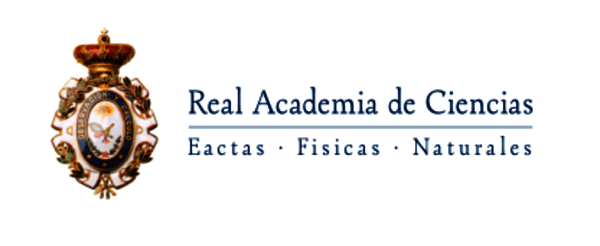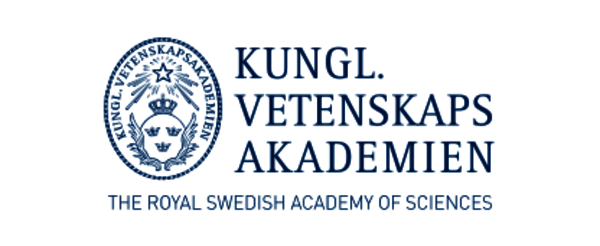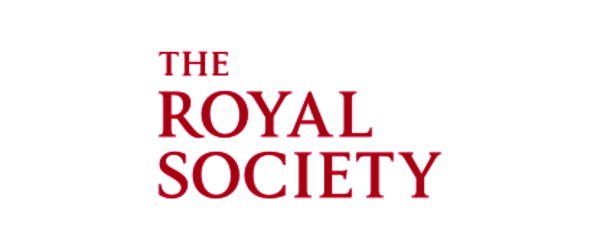Publications
European conservation targets at risk because of lack of monitoring system
European Union targets on stemming the decline of European wildlife and their habitats could be undermined unless a system to monitor whether conservation measures are actually working is urgently put in place, warns a report by EASAC (1) the European Academies Science Advisory Council published today (22 March 2005).
The report, A users guide to biodiversity indicators (2), highlights that while the EU has set the challenging target of halting the loss of plant and animal species by 2010, the methods for monitoring this have not yet been finalised, making it impossible to know if this target can or will be achieved.
Progress in establishing a monitoring system has been hampered by a lack of political commitment in member states, a lack of clarity about exactly what to measure, and a lack of knowledge about some habitats and ecosystems.
Professor Georgina Mace, chair of the reports working group, said: In Europe we do not have the same richness of diversity of wildlife and habitats as many areas of the world, so it can be easy to forget that we are dependent on these natural systems for a number of indispensable services such as providing clean water, preventing flooding and regulating the climate.
And measuring how successful we are being in conserving these vital resources is not just an academic exercise. Without knowing how and where we are being successful in our environmental management, we risk losing more of Europes plant and animal species and natural ecosystems.
Given the short time before 2010, we need some rapid progress if we are to have measures in place to track progress against the European Unions laudable target. And there are some short term solutions such as using existing methods of measuring biodiversity. In the longer term, if we are to gain real political commitment to delivering these targets, the EU needs to design its own set of measures which take into account how people value the environment and then support their implementation.
The report points out that there are some established biodiversity indicators that could be used right away such as the European Wild Bird Index, derived from annual breeding bird surveys, and coverage of protected areas which provides information on the extent of protected areas in Europe. In total the report analyses the usefulness of 17 different biodiversity indicators.
Professor David Spearman, chairman of EASAC said: Clearly there is a consensus at European and global levels that wildlife and habitats are important and that their protection should be an urgent priority for policy makers. But this cannot be effectively translated into policy unless we have effective ways of measuring the health of Europes biodiversity. Only then can we monitor the impact of attempts to protect it and thus know whether our policies are having their intended consequences.
This report is published ahead of the Millennium Ecosystem Assessment (MEA) the most comprehensive study ever done of the worlds ecosytems and their impact on human well-being. The MEA will be launched at the Royal Society in London on 30 March, 2005.
NOTES FOR EDITORS
The European Academies Science Advisory Council (EASAC) was established in 2001 to provide a means for the national academies of Europe to work together to inject high quality science into European Union policy-making. Its task is building science into policy at EU level by providing independent, expert, credible advice about the scientific aspects of public policy issues to those who make or influence policy for the EU. EASAC is designed to combine ease and speed of operation, with the unrivalled prestige and authority of the national academies of science and with the opportunities that come from ready access to the networks of members and colleagues that constitute academies. For further information about EASAC, see its website at <link http: www.easac.org _blank external-link-new-window external link in new>www.easac.org.
A users guide to biodiversity indicators was commissioned and financed by the Committee on Environment, Public Health and Food Safety of the European Parliament
For further information about this news release, contact:
Bob Ward on 020-7451 2516.

